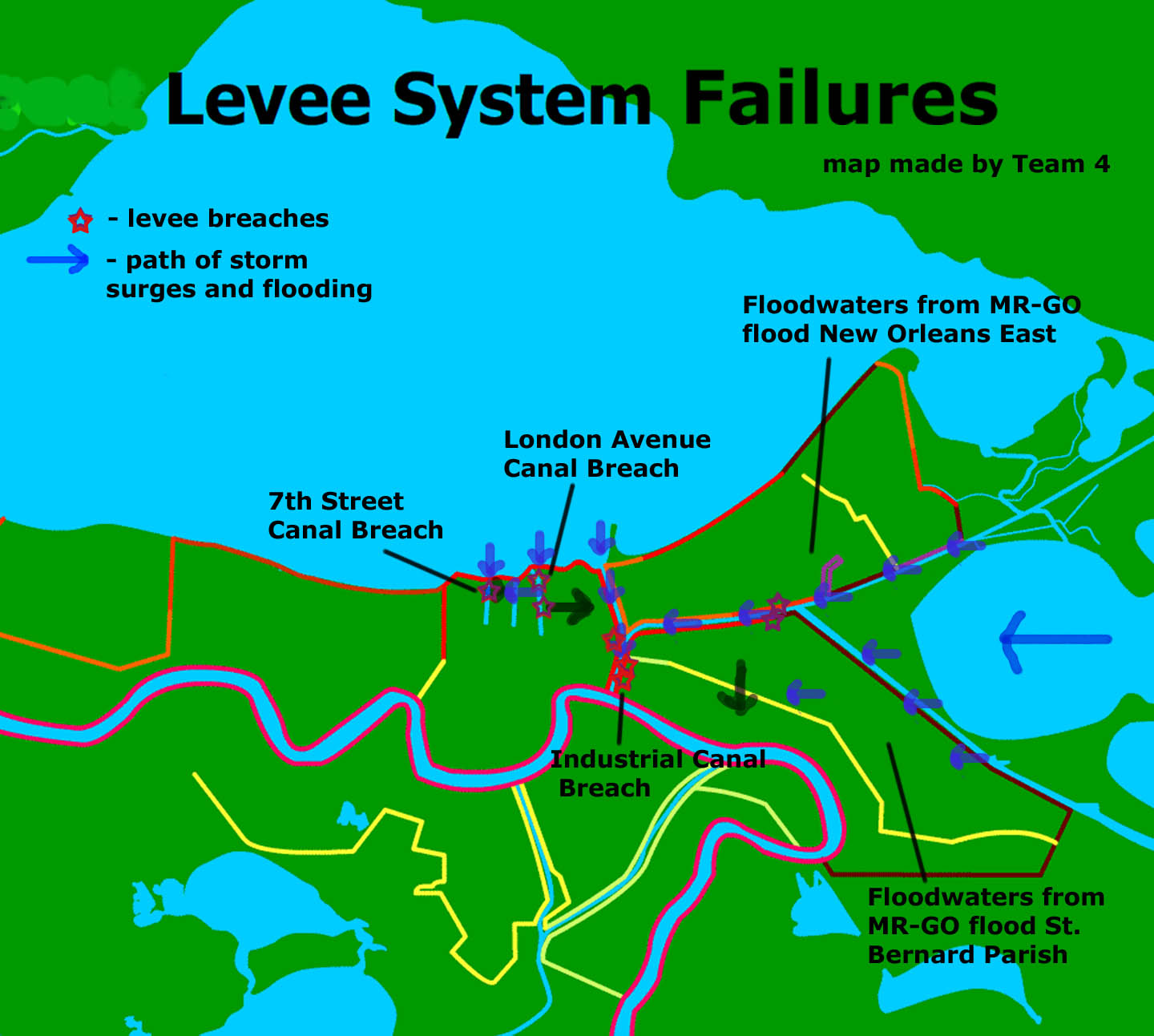Waltzing Matilda
Waltzing Matilda
Oh there once was a swagman who camped in the billabong,
Under the shade of a coolibah tree,
And he sang as he looked at the old billy boiling,
Who'll come a-waltzing Matilda with me?
Who'll come a-waltzing Matilda my darling,
Who'll come a-waltzing Matilda with me?
A-waltzing Matilda and leading a waterbag,
Who'll come a-waltzing Matilda with me?
Down came a jumbuck to drink at the billabong,
Up jumped the swagman and grabbed it with glee,
And he sang as he put him away in the tuckerbag,
"You'll come a-waltzing Matilda with me."
You'll come a waltzing Matilda my darling,
You'll come a-waltzing Matilda with me.
A-Waltzing Matilda and leading a water bag,
You'll come a-waltzing Matilda with me.

Down came the squatter a-riding his thoroughbred,
Down came policemen -- a-one, two, and three.
"Whose is the jumbuck you've got in the tuckerbag?
You'll come a-waltzing Matilda with me."
You'll come a-waltzing Matilda my darling,
You'll come a-waltzing Matilda with me.
Waltzing Matilda and leading a water bag,
You'll come a-waltzing Matilda with me.
And the swagman he up and he jumped in the waterhole,
Drowning himself by the coolibah tree.
And his ghost may be heard as it sings by the billabong,
"Who'll come a-waltzing Matilda with me?"
Who'll come a-waltzing Matilda my darling,
Who'll come a-waltzing Matilda with me?
Waltzing Matilda and leading a water bag,
You'll come a-waltzing Matilda with me.







 .mp3
.mp3 The bad news:
The bad news:








 Not really an encouraging day, in terms of the kinds of nonlinear events that are the particular domain of this blog. In
Not really an encouraging day, in terms of the kinds of nonlinear events that are the particular domain of this blog. In  Okay, so Goethe might not have said "Mehr Licht!" on his deathbed. (Alles wird
Okay, so Goethe might not have said "Mehr Licht!" on his deathbed. (Alles wird  Although
Although 


Hank_Aaron_Photo.jpg)
 The mass marketing of foods derived from organisms modified through recombinant DNA technology has put extreme pressure on the interpretation and implementation of the United States' basic food safety law, the venerable Food, Drug & Cosmetic Act. In its classic form, the FD&CA reflects its Progressive and New Deal roots. It vests enormous trust in a specialized agency, the Food and Drug Administration, which is presumed to have nonpareil expertise over food safety. The political reality of GM foods, however, has placed the FD&CA and its implementation by the FDA in severe tension with the Organic Foods Production Act and with commercial speech doctrine.
The mass marketing of foods derived from organisms modified through recombinant DNA technology has put extreme pressure on the interpretation and implementation of the United States' basic food safety law, the venerable Food, Drug & Cosmetic Act. In its classic form, the FD&CA reflects its Progressive and New Deal roots. It vests enormous trust in a specialized agency, the Food and Drug Administration, which is presumed to have nonpareil expertise over food safety. The political reality of GM foods, however, has placed the FD&CA and its implementation by the FDA in severe tension with the Organic Foods Production Act and with commercial speech doctrine.












